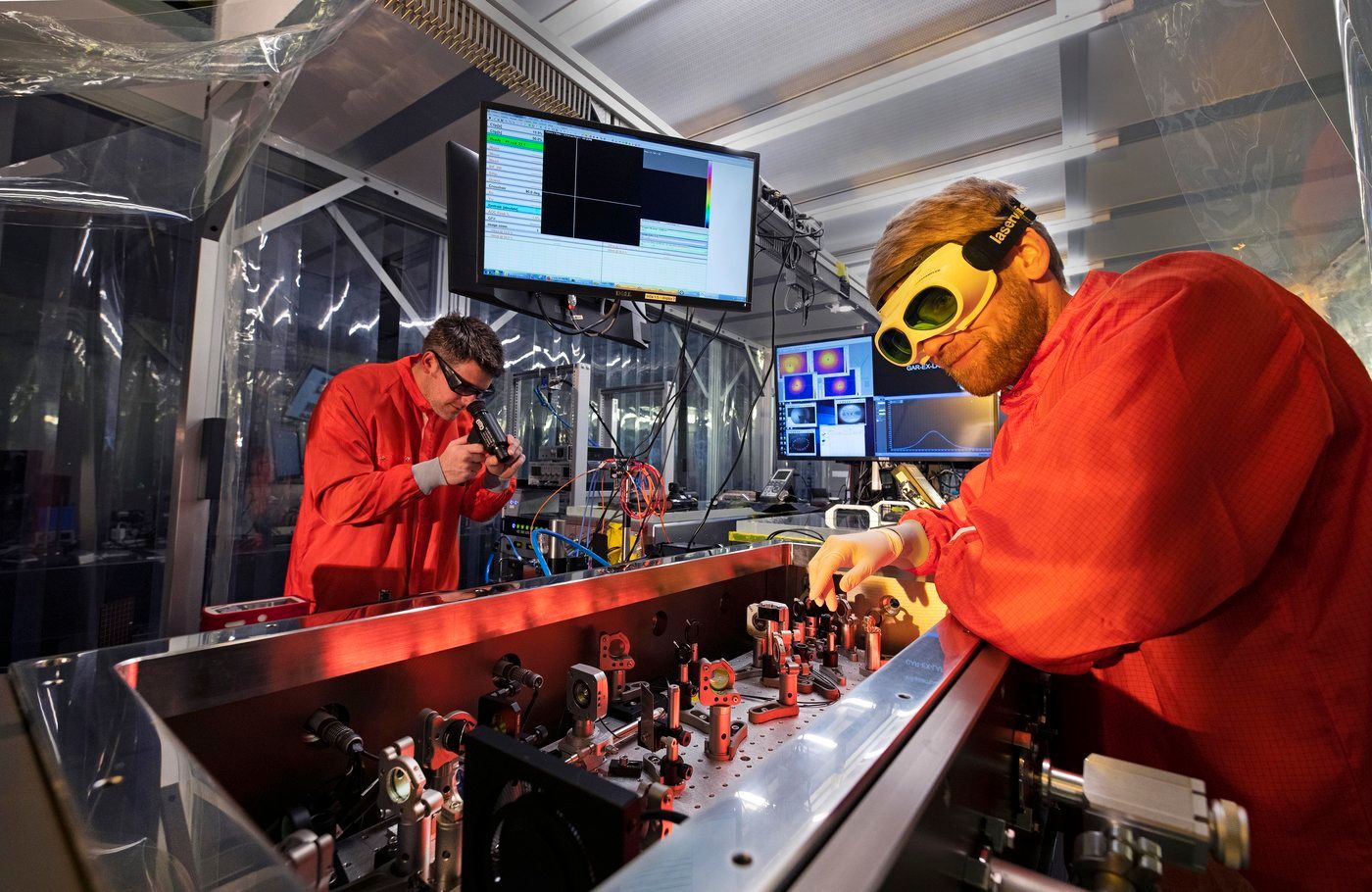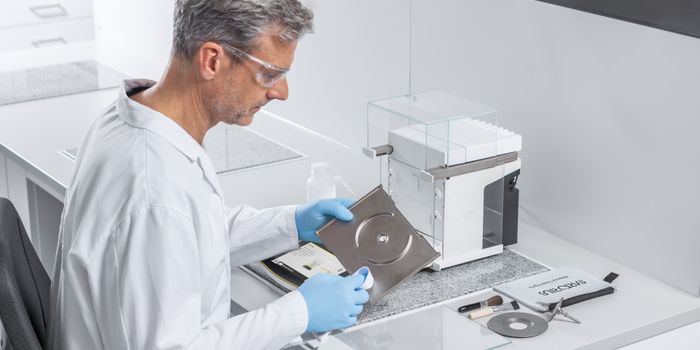New Infrared Spectroscopic Method Grants Scientists Unprecedented "Seeing" Power
Seeing is believing, and one cannot see without light.
Scientists often employ a specific portion of light — infrared when they interrogate chemical substances that have decent absorption of electromagnetic radiation with a long wavelength. Researchers at the Max Planck Institute of Quantum Optics and Ludwig Maximilians University (LMU) has developed a new spectroscopic technique that uses ultrashort laser pulses to minimize background noise, bringing the detecting power of infrared spectroscopy to a whole new level.
Based on the spectrum, the infrared part of the electromagnetic radiation can be further divided into three portions: the near-(0.7-2.5 μm in wavelength), mid-(2.5-25 μm), and far-infrared (25-1000 μm) — the bigger the wavelength, the lower the energy.
Infrared spectroscopy is also called vibrational spectroscopy: when the infrared radiation hits the test compound, its molecules get excited and immediately release the received energy in the form of vibration.
Conventional infrared spectroscopy looks at the absorption of energy by the measured molecules. However, this approach suffers from low sensitivity once the compound concentration drops to the microgram-per-milliliter level. What's more, biomolecules, in their native state, are usually dissolved in water, which has strong absorption of infrared light itself, thereby creating an undesirable background for spectroscopic measurement.
The new spectroscopic method developed by the German team took advantage of a technique called "electro-optical sampling". In their spectroscopic setup, right after the initial laser pulse, the researchers sent a second pulse (also known as a "gating" pulse) of near-infrared light, which allows them to catch a portion of the electromagnetic field emitted from the excited, vibrating molecules.
By analyzing this vibrational signal, which acts as a "molecular fingerprint", the researchers were able to obtain qualitative and quantitative information about the test molecules.
Since the electro-optical sampling can detect a signal strength that's 107 times weaker than that of the excitation, the new spectroscopic method empowers scientists with unprecedented sensitivity. In their proof-of-concept measurements, researchers successfully isolated the infrared fingerprint of human blood serum protein at a concentration as low as submicrograms per milliliter.
Due to the long wavelength of infrared light, the new method can also allow interrogation of live animal and plant tissues with a thickness at the order of 0.1 millimeters. The researchers hope that their infrared spectroscopic device can help probe complex biomolecules in their natural habitats.
This study was published in the journal Nature.
Interested in learning more about infrared spectroscopy? Check out this video from Supreme Science.
How to Use an IR Spectrometer and Sample Prep (Supreme Science)
Source: Physics World









